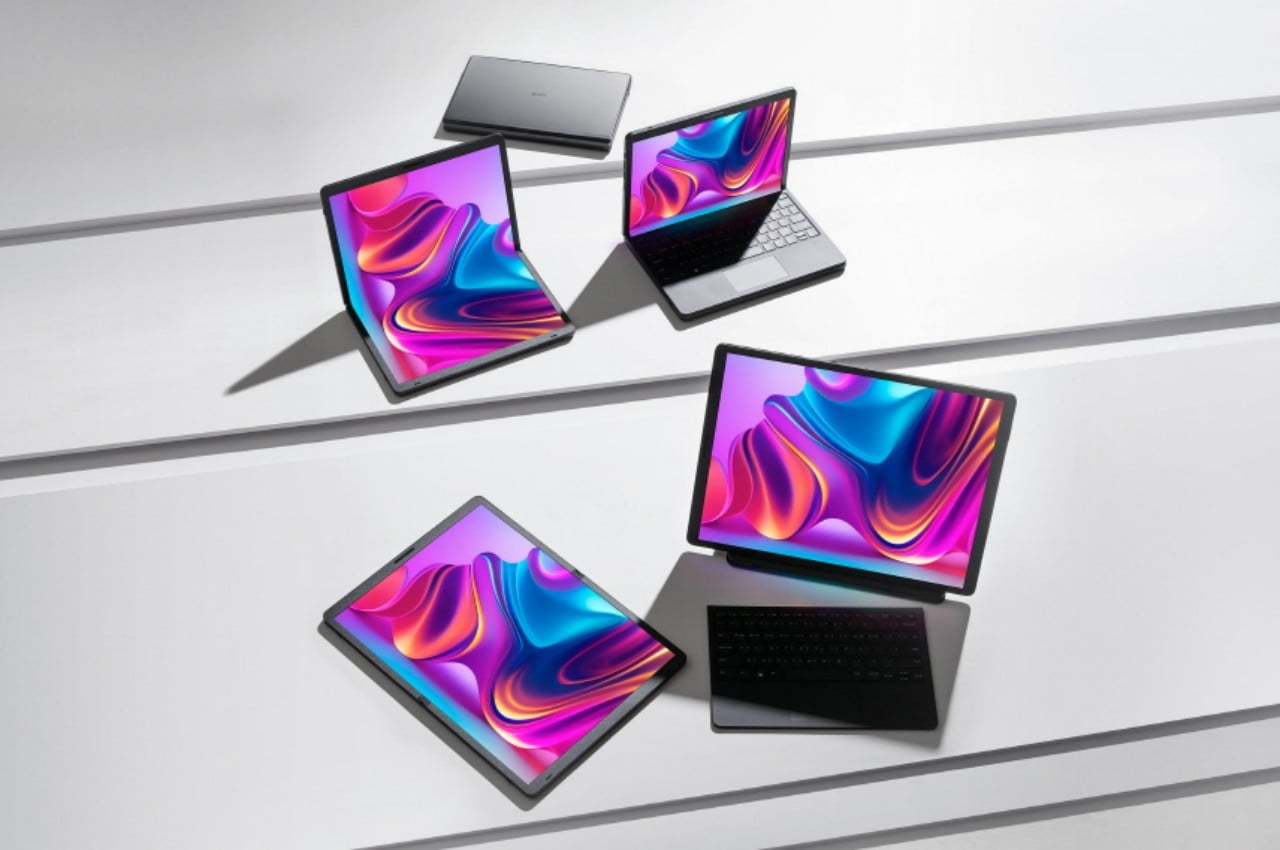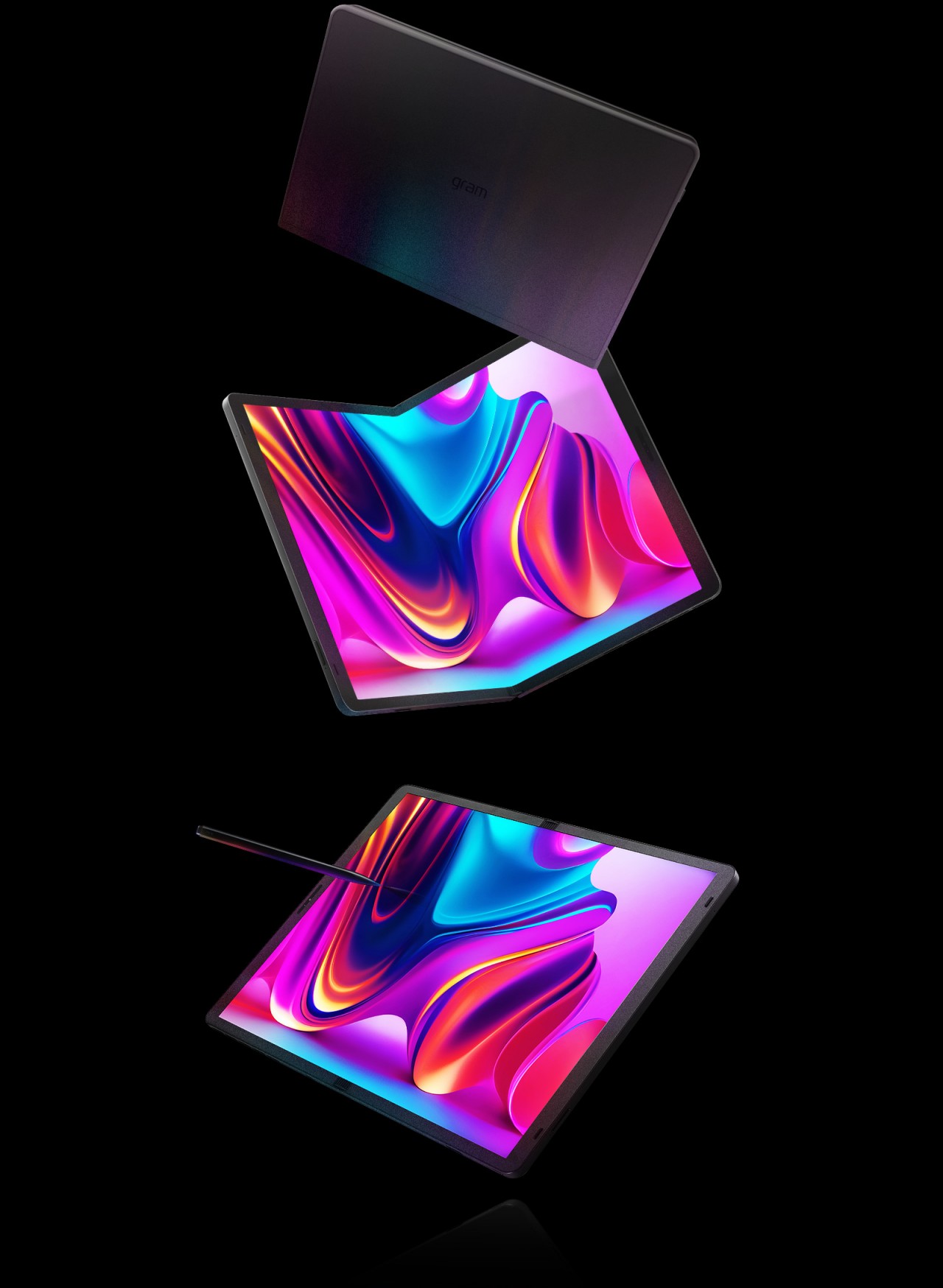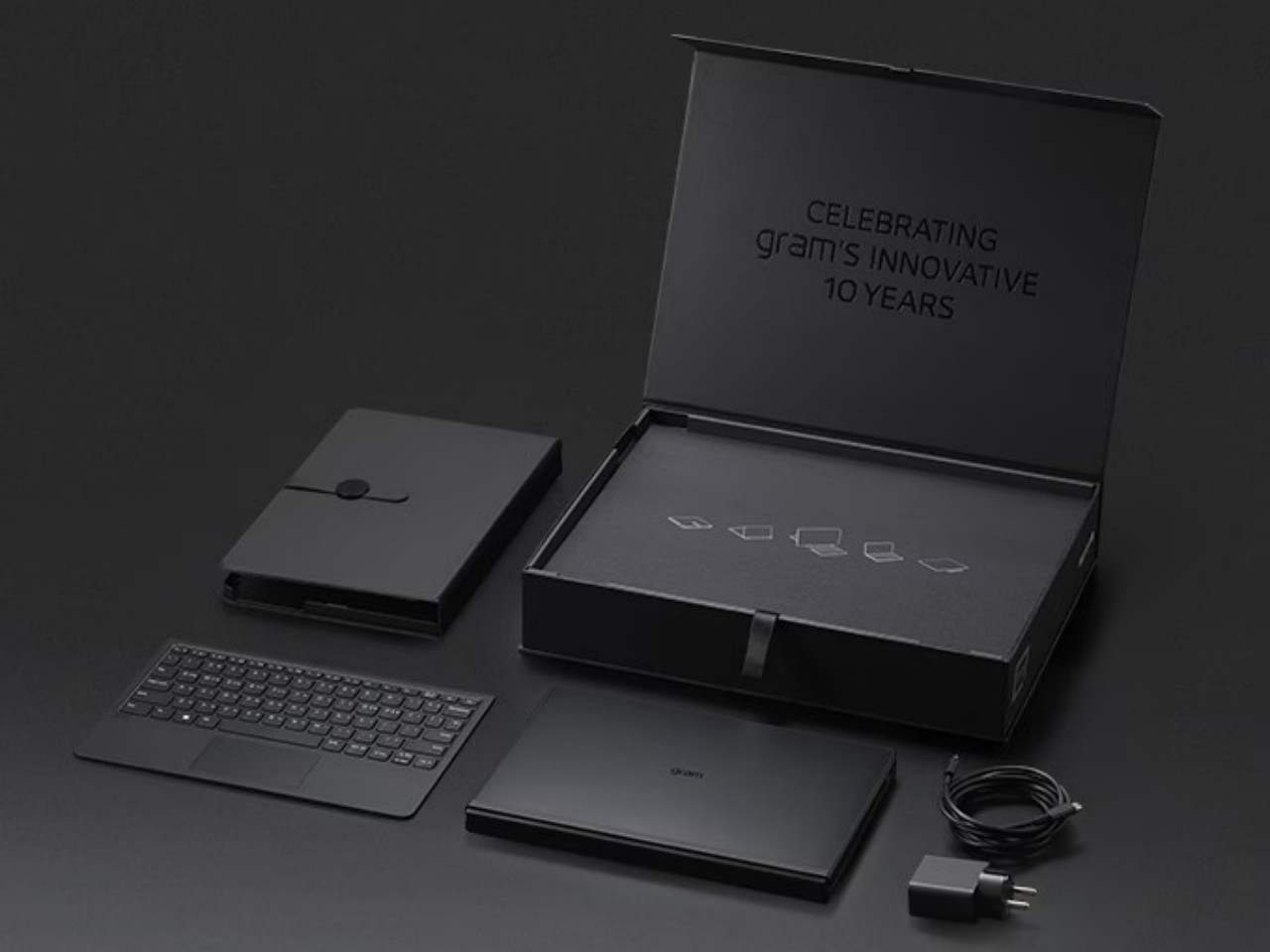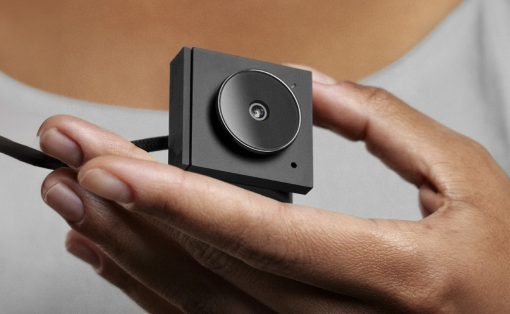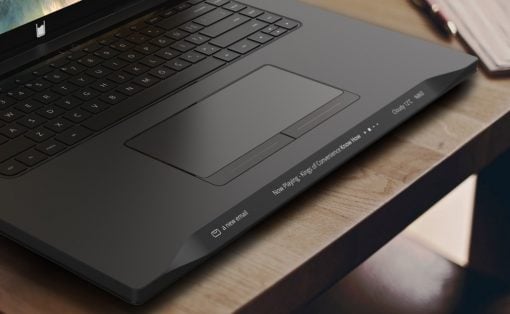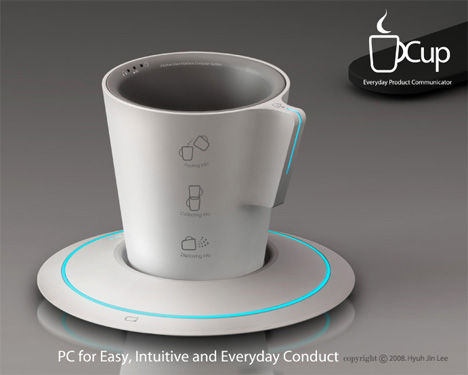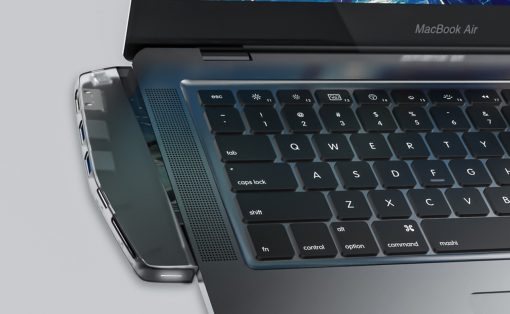
Foldable phones are, slowly but surely, becoming a common sight in markets, but these aren’t the only devices that are trying to change the form of computing, figuratively and literally. Their numbers are drastically fewer, but laptops that are all screen and that can fold in half also exist if you know where to look for them. Just like with foldable phones, however, there are big reasons why they aren’t flying off shelves, reasons that don’t seem to matter much to LG. Although it is better known for its TVs and appliances, the company has also dabbled with lightweight laptops under its “Gram” brand. Now it’s expanding that roster with a not-so-lightweight laptop that is pretty much a large screen that can fold in half.
Designer: LG
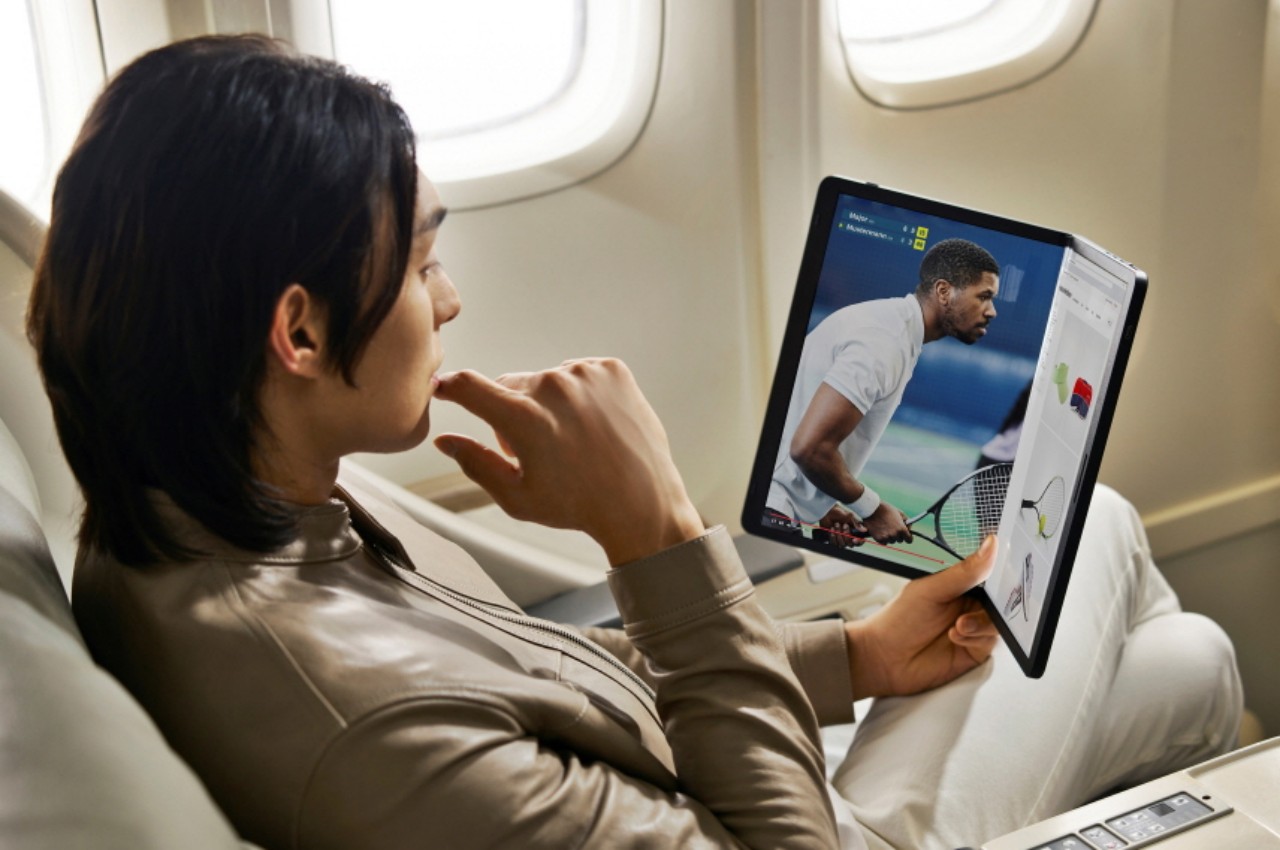
Just like with foldable phones, the rationale for foldable laptops is having a larger screen without actually doubling the size of the laptop itself, which is already quite a big device. The solution is to completely remove the keyboard, settling for a removable Bluetooth alternative, and getting the screen to fold in half so that it could still be stowed in the same space as a regular laptop. Unlike touch-centric phones, however, doing away with the essential keyboard isn’t as easy to do, which is one of the major design puzzles foldable laptops have yet to solve.
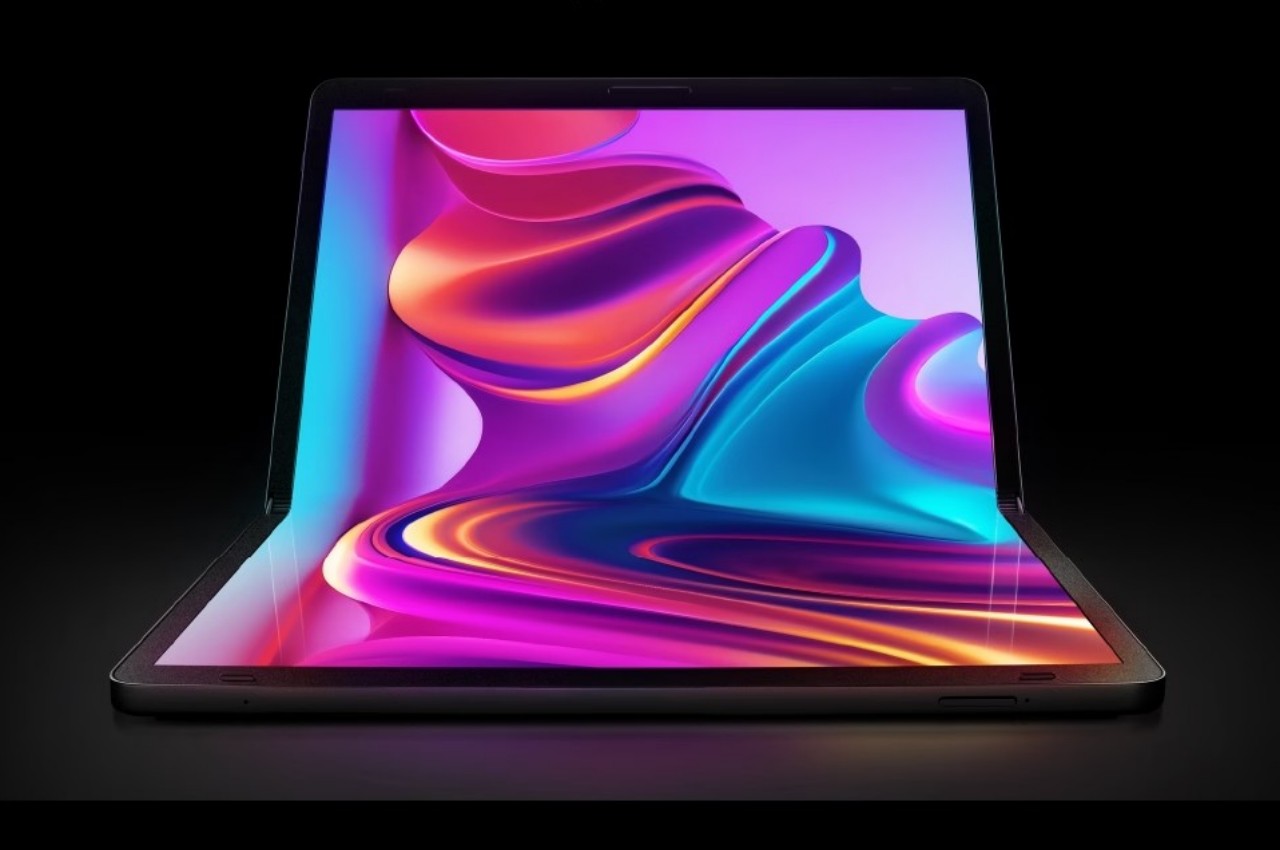
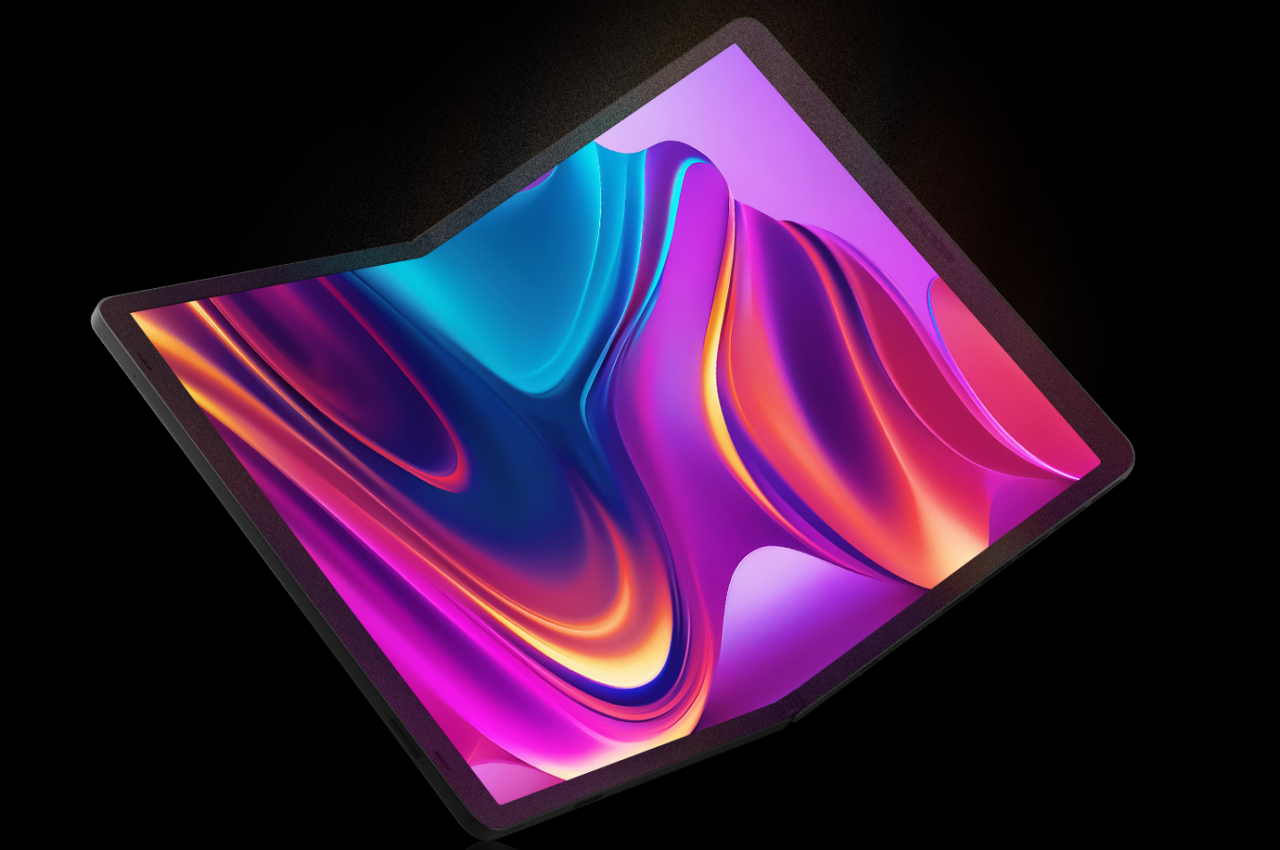
That hasn’t stopped major PC manufacturers from trying to launch such products, though with extremely limited success. These include the Lenovo ThinkPad X1 Fold, now in its second-gen, and the ASUS ZenBook 17 Fold, which seems to have evaporated from shelves. The basic design is similar: you have a large screen that you can fold into a laptop angle and then put a thin wireless keyboard on top of its lower half, or use it as a large monitor on its own.
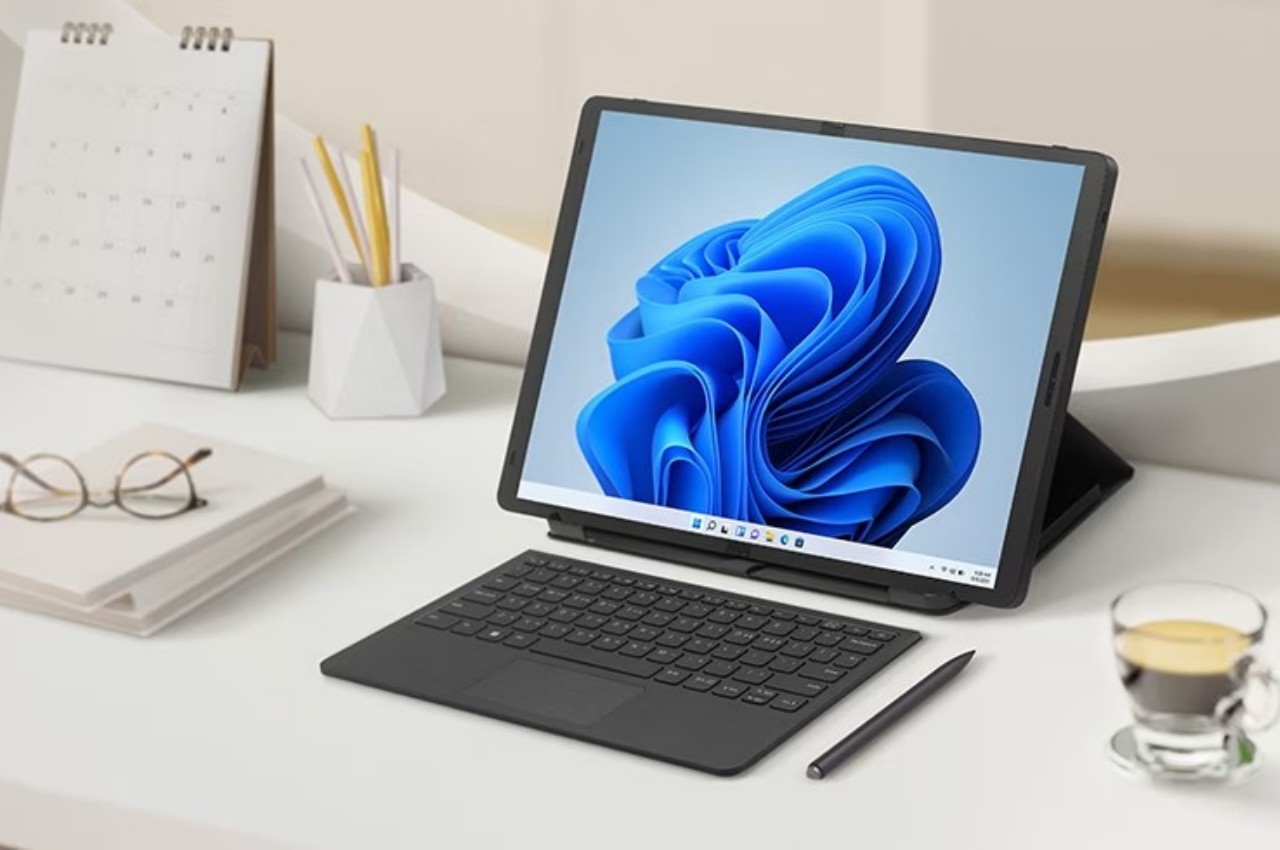
The LG Gram Fold that was just announced in South Korea is now different in terms of design, but it seems that it will be setting itself apart in one critical aspect. It runs on a 13th-gen Intel processor, unlike its peers who are already years behind in processing power and technology. It also has some pretty solid specs, but in almost all other cases, the formula is still the same. It supports pen input, turning it into a viable digital art device, though the built-in graphics might be a little underwhelming. It also weighs around 1.2kg, which makes the Gram a misnomer yet again.
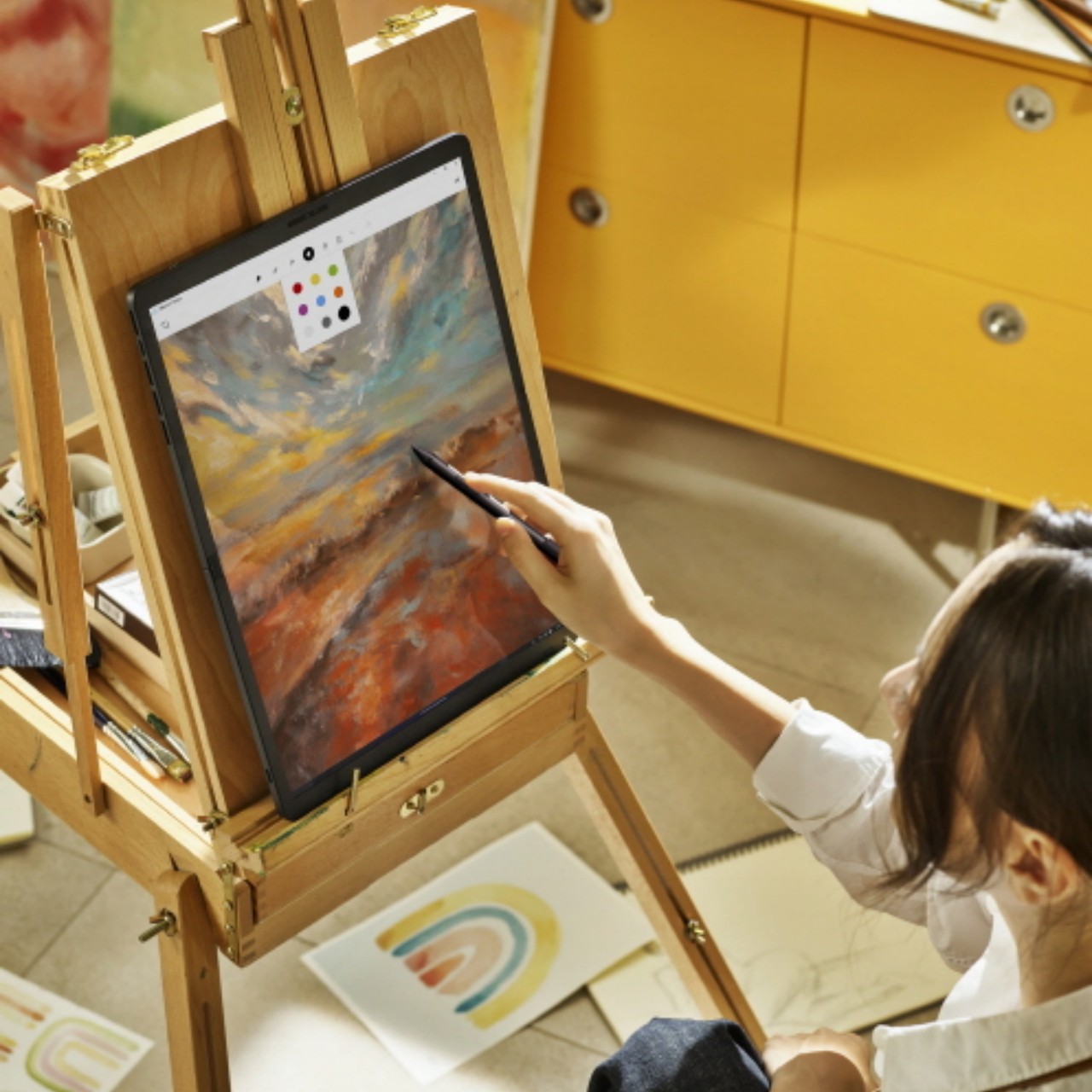
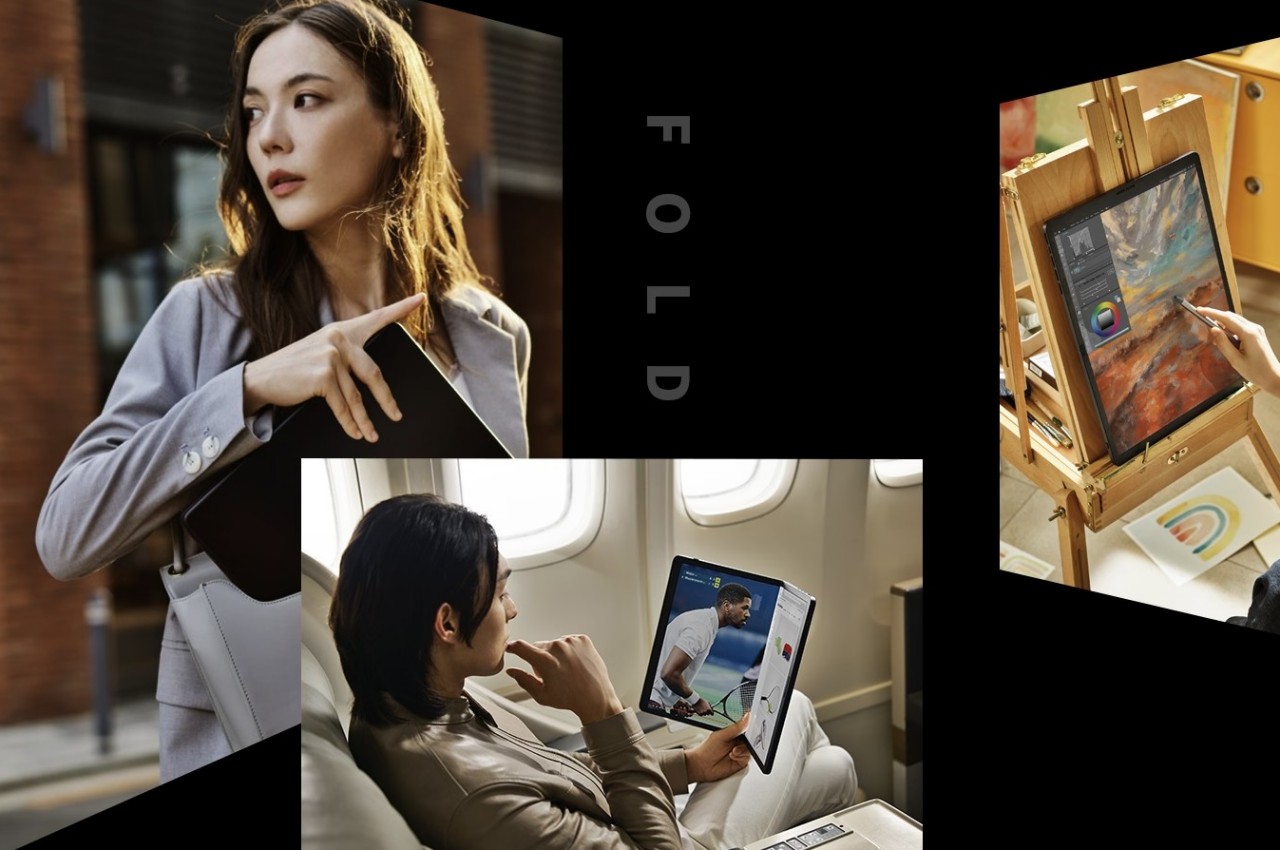
And like its peers, it is also quite expensive, running around $3,800, presuming it even launches globally. It’s an inaccessible piece of novelty, one whose usability in the real world is still highly in question. Along with the lack of activity from other manufacturers, LG’s unexpected dip into this nascent and niche market is anything but puzzling. Foldable laptops might still be the future of portable computing, but it’s questionable whether people will be willing to part ways with that amount of money for them at this point in time.
